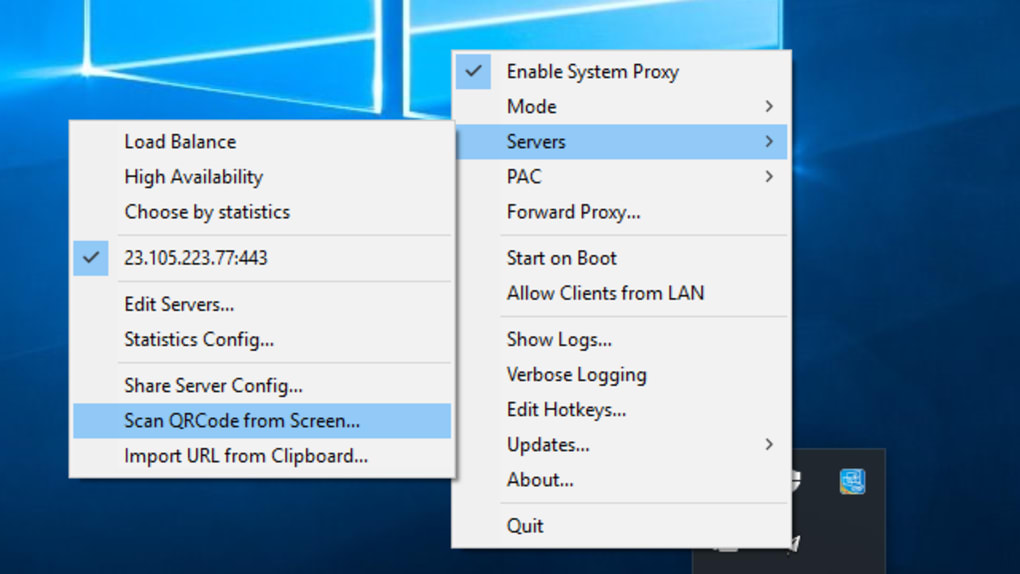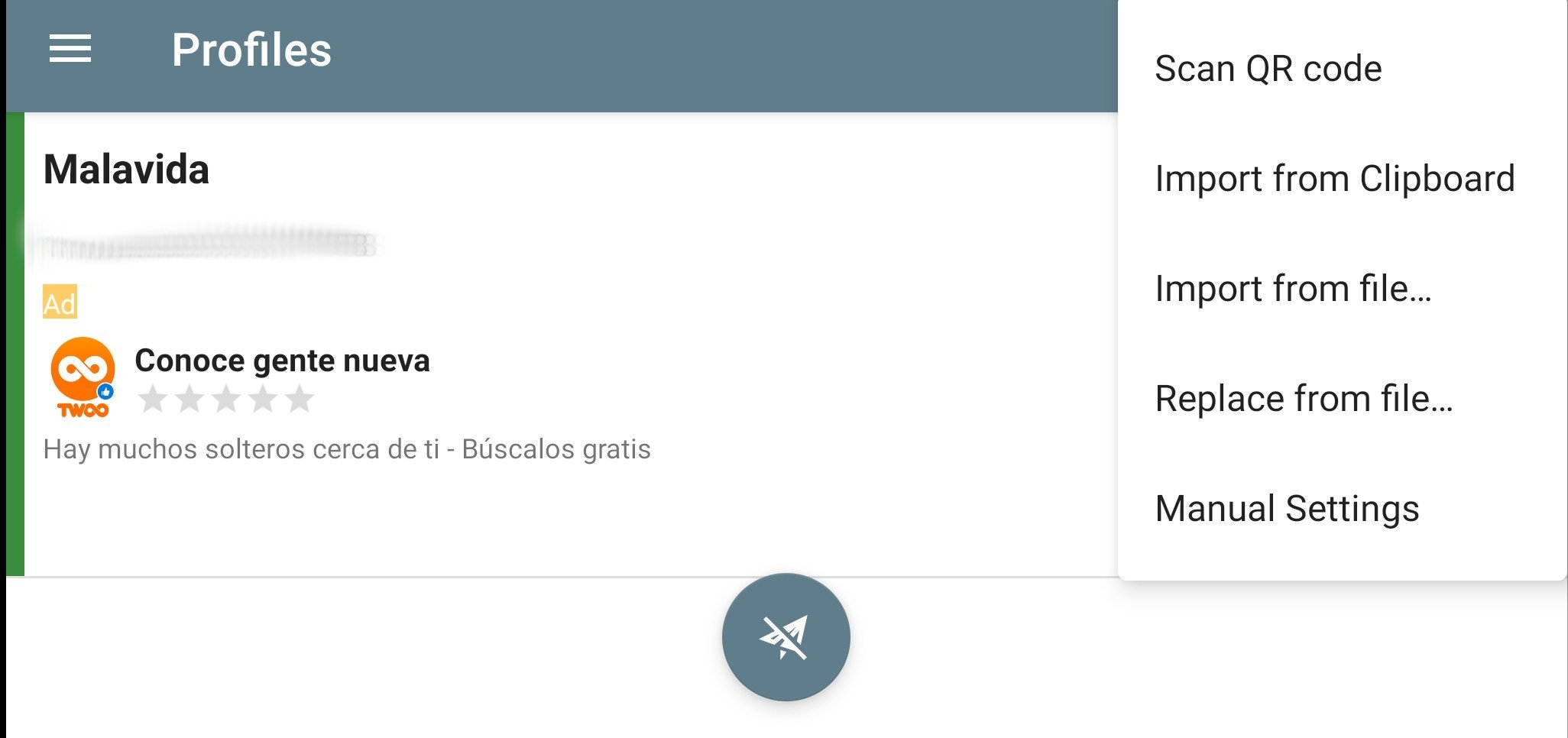

- Shadowsocks protocol how to#
- Shadowsocks protocol install#
- Shadowsocks protocol windows 10#
- Shadowsocks protocol torrent#
The next page will show you the download links for the manager and the client, for now just install the manager. To do this, go to the Outline website and click on “get Outline”.
Shadowsocks protocol how to#
How to set up Shadowsocks the easy wayĪssuming you want to try Outline, let's start by downloading the program. If you're looking for a more proven solution and don't mind spending a bit of cash, you might want to check out our pick of the best VPNs instead. Outline has been audited and tested by two digital security organizations, Radically Open Security and Cure53, and as far as we can tell, it's a solid option for anyone looking to bypass censorship blocks. To increase this limit, you can always pay a small fee. If you use DigitalOcean, you can use up to 1TB of bandwidth through your server for just $5 per month, which is much cheaper than any commercial VPN, but again without the versatility. You more or less manage your own private network and you can share keys with family and friends. What we like about Outline is that you can install the main program, called Manager, on one desktop device and then run the client program on any other device.

Shadowsocks protocol torrent#
Therefore, we recommend using it to avoid censorship blocks and not to torrent or circumvent Netflix regional restrictions, although you can certainly try. RELATED: What is a VPS? What a virtual private server can do for youĪlthough it likes to refer to itself as a VPN, it is not because it does not use a VPN protocol.
Shadowsocks protocol windows 10#
We tested it on Windows 10 and Linux, but it should also work fine on Mac, iPhone, iPad, and Android. It has built-in functionality with VPS provider DigitalOcean, but you can use another provider or even set up your own server. Outline is a simple open source program that lets you set up your own proxy using the Shadowsocks protocol and run it through your own server. There are several ways to install Shadowsocks, but since many of them involve scripts tinkered with by enthusiasts, we like to use a program called Outline, which comes with a nice GUI and only takes a few minutes to set up. The problem with Shadowsocks, however, is that it's a little tricky to set up, which we can hopefully help with. This is something we explain in detail in our article comparing Shadowsocks to VPNs. However, if you are looking to change your Netflix region or use BitTorrent, you are better off using a VPN. It was originally developed by a Chinese programmer and is therefore particularly useful for getting past the Great Firewall of China, although we have received reports that you can use it to circumvent blocks from other regimes as well. Shadowsocks is a tool that uses the SOCKS5 proxy to redirect and mask internet traffic and thus bypass censorship blocks. Therefore, all UDP requests and responses have the same structure, no matter whether it's the first packet or not. A random IV is always generated and used for the encryption of shadowsocks UDP request and response. When the client-side receives a UDP request from other applications, RSV and FRAG are dropped and a shadowsocks UDP request is made out from it. And this shadowsocks TCP relay goes into stream stage, in which the data is being encrypted with the same IV and transmitted directly without IV prepended. For client-side, the data is forwarded to the application. For the server-side, the data is then forwarded to the destination. Once this packet is received, payload is decrypted using the specified cipher with the IV in the packet and the pre-shared key. The first packet of a shadowsocks TCP connection sent either from server-side or client-side must contains the randomly generated IV that used for the encryption. The request is encrypted using the specified cipher with a random IV and the pre-shared key, it then becomes so-called payload. The destination port is also a big-endian integer.

For hostname, the first byte of destination address indicates the length, which limits the length of hostname to 255. For IPv6 address, a compact representation (16-byte array) is used. For IPv4 address, it's packed as a 32-bit (4-byte) big-endian integer. Possible values of address type are 1 (IPv4), 4 (IPv6), 3 (hostname). | Address Type | Destination Address | Destination Port | Data | The shadowsocks protocol is very similar to SOCKS5 but encrypted and simpler.īelow is the structure of a shadowsocks request (sent from client-side), which is identical for both TCP and UDP connections before encrypted (or after decrypted).


 0 kommentar(er)
0 kommentar(er)
